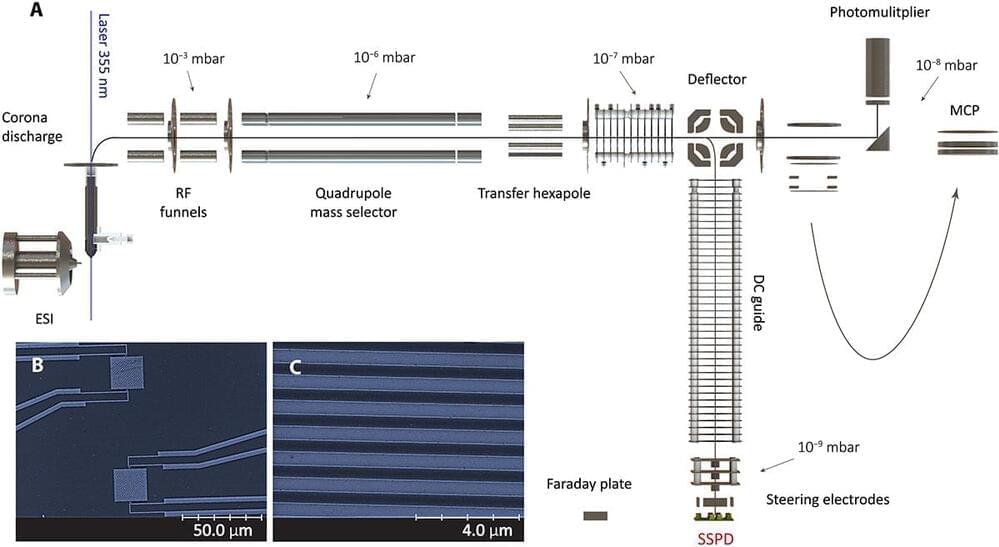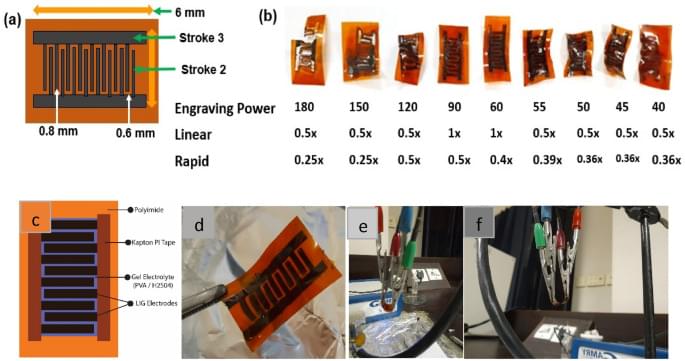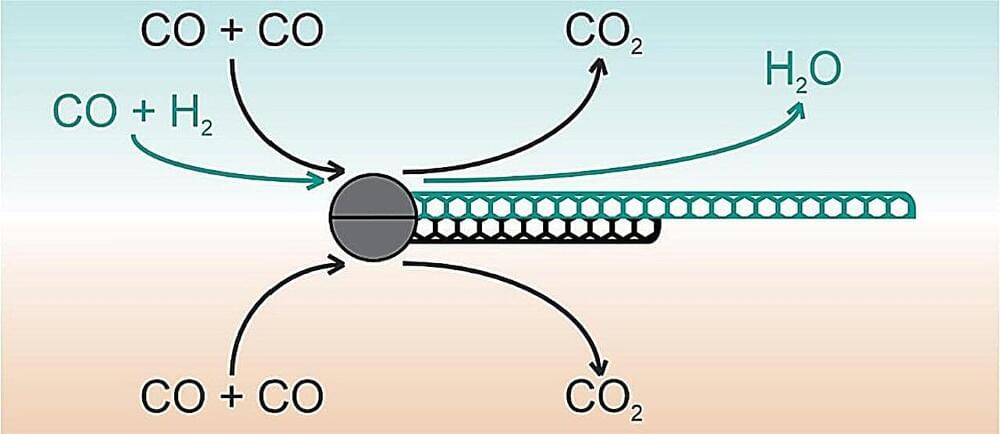On the highway of heat transfer, thermal energy is moved by way of quantum particles called phonons. But at the nanoscale of today’s most cutting-edge semiconductors, those phonons don’t remove enough heat. That’s why Purdue University researchers are focused on opening a new nanoscale lane on the heat transfer highway by using hybrid quasiparticles called “polaritons.”
Thomas Beechem loves heat transfer. He talks about it loud and proud, like a preacher at a big tent revival.
“We have several ways of describing energy,” said Beechem, associate professor of mechanical engineering. “When we talk about light, we describe it in terms of particles called ‘photons.’ Heat also carries energy in predictable ways, and we describe those waves of energy as ‘phonons.’ But sometimes, depending on the material, photons and phonons will come together and make something new called a ‘polariton.’ It carries energy in its own way, distinct from both photons or phonons.”








